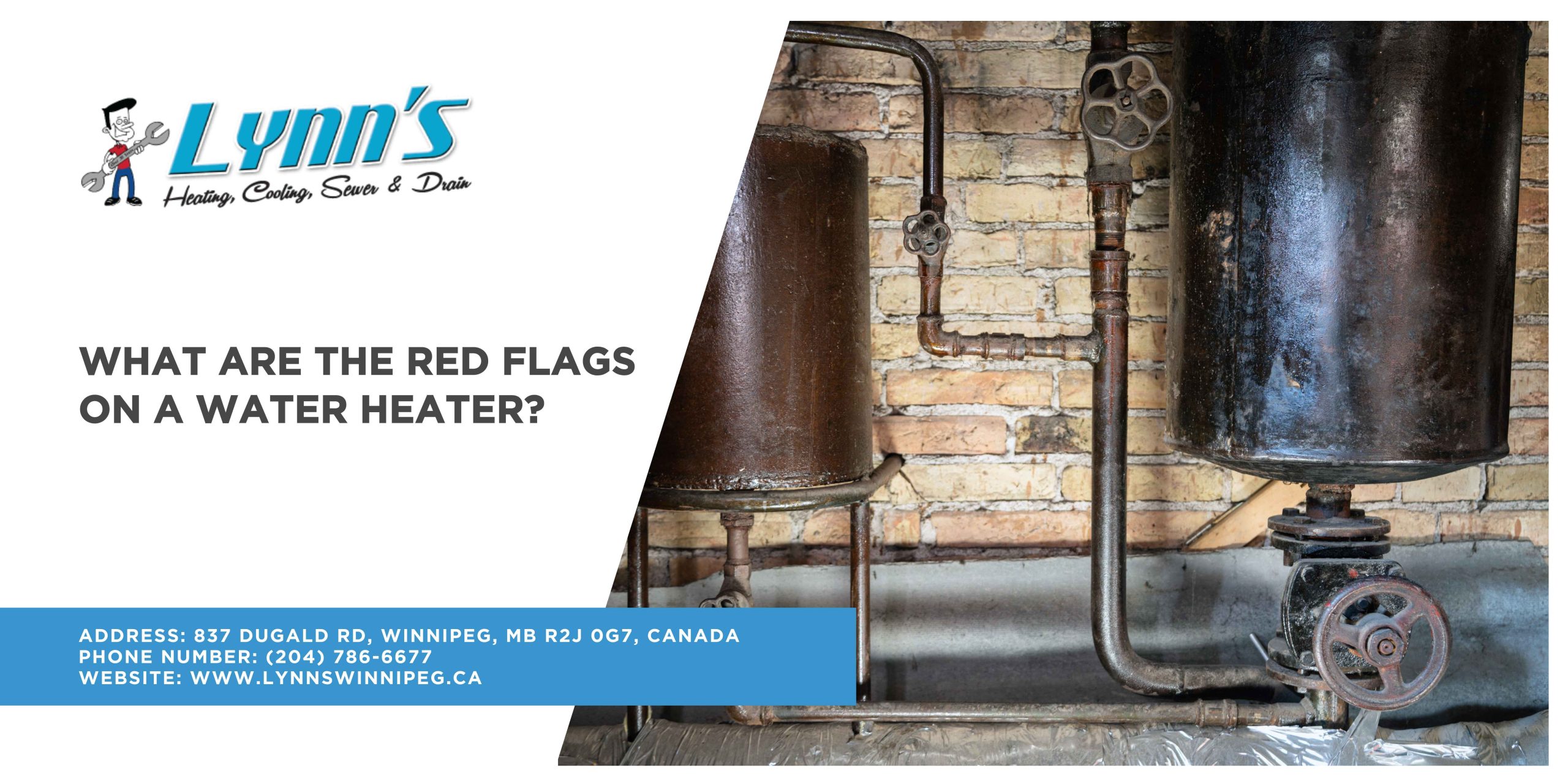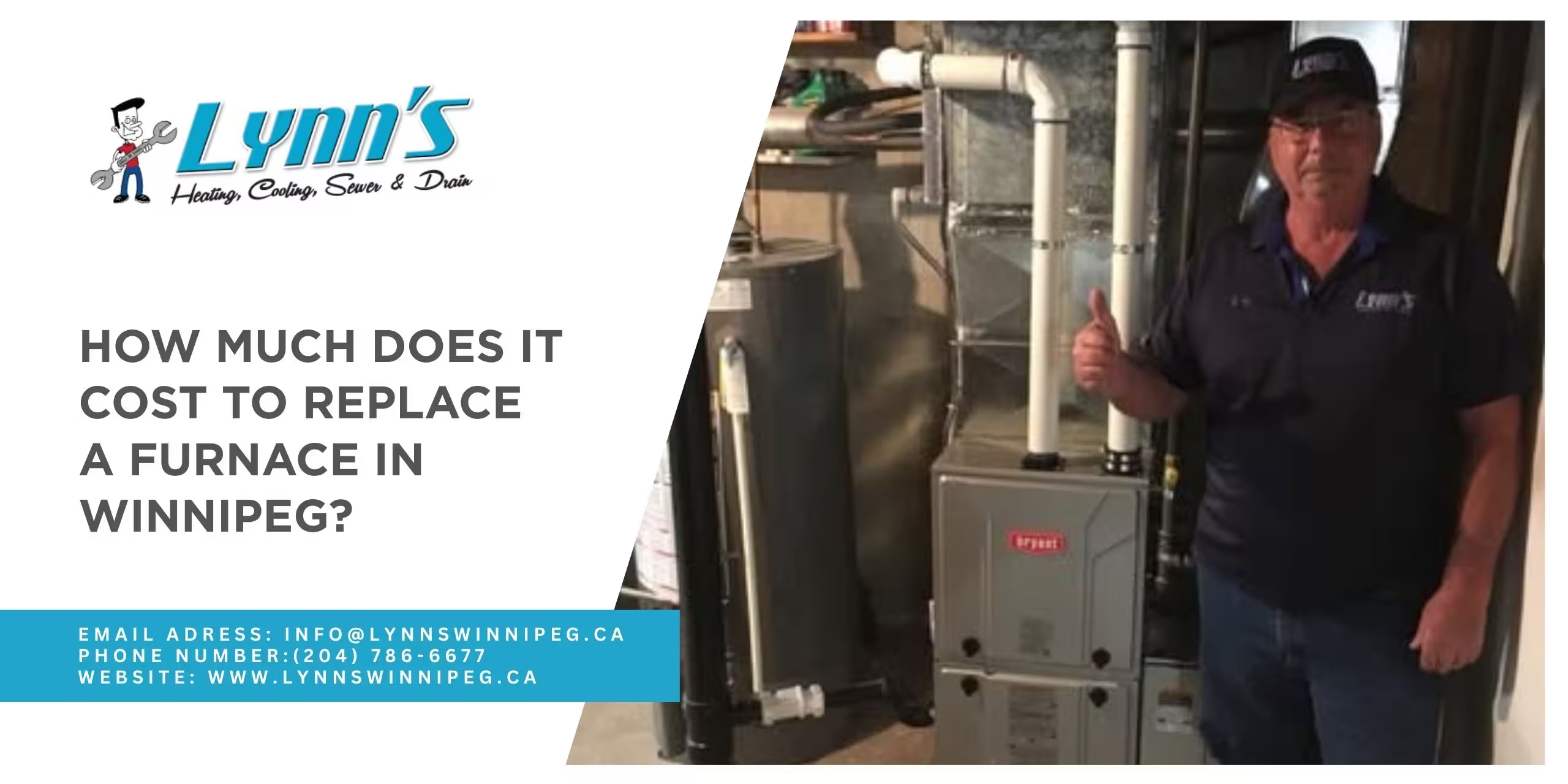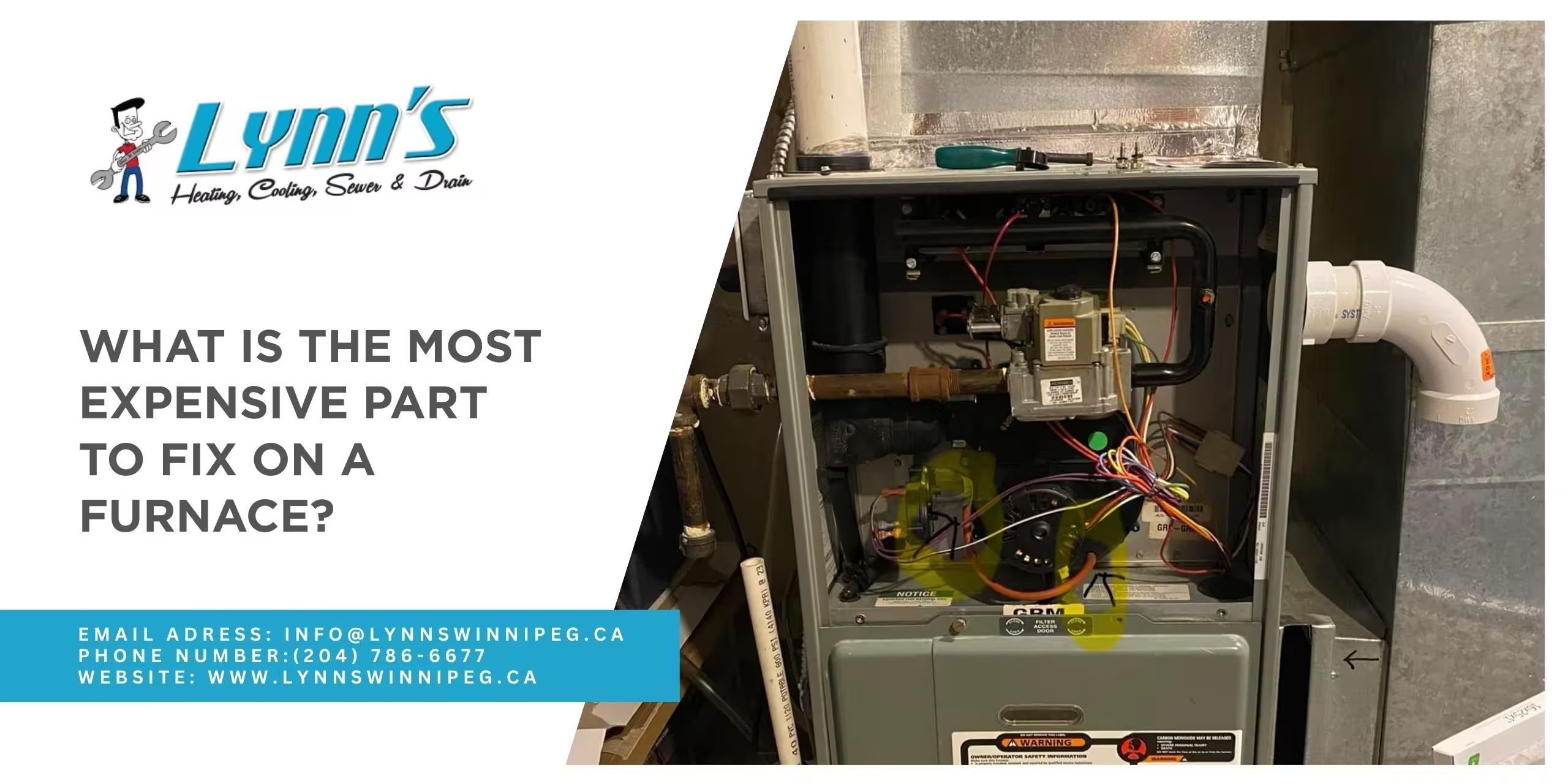Your water heater works quietly behind the scenes, providing hot water for showers, dishes, and laundry—until it doesn’t. Knowing the warning signs of hot water tank trouble can help you catch minor issues before they escalate into costly repairs or the need for a full replacement. In this post, we’ll cover the most common red flags that indicate your hot water tank may be nearing the end of its lifespan or needing repair.
Table of Contents
Toggle1. Inconsistent or No Hot Water
A noticeable change in your hot water supply is one of the first signs that something is wrong. If you’re running out of hot water faster than usual or getting lukewarm water instead of a steady flow of hot water, your water heater may struggle.
What does it mean:
- Heating elements may be failing (common in electric models)
- Sediment buildup may be affecting efficiency
- The thermostat might need adjustment or replacement
When your hot water tank can’t keep up with your household’s needs, it’s often a sign that maintenance of your hot water tank or even a replacement is needed.
2. Strange Noises Coming from the Tank
Water heaters are designed to operate quietly. If you start hearing popping, banging, rumbling, or crackling sounds, that’s a red flag you shouldn’t ignore.
What does it mean:
- Sediment has built up at the bottom of the tank
- The heating process is being disrupted
- The unit is working harder than necessary, increasing wear and tear
These noises usually worsen over time and can eventually lead to overheating or failure if not addressed, potentially requiring a repair of your hot water tank.
3. Rusty or Discoloured Water
If you turn on a hot water tap and see rusty or brown-tinted water, this could be a warning sign that your tank is corroding.
What does it mean:
- The tank lining may be breaking down
- The anode rod (a component that prevents rust) may have worn out
- There could be rust in the pipes or fittings
Discoloured water isn’t just unsightly—it could mean your water heater is close to leaking or bursting. If this happens, it’s often a sign that you need a hot water tank replacement soon.
4. Water Around the Base of the Tank
Leaks or pooling water near your hot water tank should always be taken seriously. Even a small puddle could signal a larger issue inside the unit.
What it means:
- Internal components like the tank liner may have cracked
- Fittings or connections might be loose or failing
- The temperature and pressure relief valve may be releasing water due to high pressure
Water damage can spread quickly and lead to expensive repairs if not caught in time. It might be time to repair your hot water tank or even replace it entirely if the leak is severe.
5. Unusually High Energy Bills
If your energy bills are rising, but your hot water usage hasn’t changed, your tank could be losing efficiency.
What does it mean:
- Heating elements or burners may be working overtime
- Sediment buildup is forcing the system to use more energy
- Your unit could be nearing the end of its useful life
- A water heater that’s overworked is not only costly to operate but also more likely to fail without warning. If this happens, it may be time to schedule maintenance or consider a hot water tank replacement.
6. Low Water Pressure
Low water pressure in your hot water lines could also indicate a problem with your water heater, especially if the cold water pressure remains normal.
What does it mean:
- Mineral deposits may be clogging the pipes or the tank outlet
- Internal components may be failing or corroded
- The system may be undersized for your current household needs
Reduced water pressure makes daily tasks less convenient and can indicate declining water heater health. If this is the case, repairing your hot water tank might help restore pressure, or you may need to replace it if the issue is severe.
7. Old Age of the Water Heater
Sometimes, the most enormous red flag isn’t a symptom—it’s the unit’s age. Most tank-style water heaters have a lifespan of 8 to 12 years, while tankless systems can last 15 to 20 years with proper care.
What it means:
- If your water heater is over a decade old, it’s more prone to leaks and inefficiency
- You may want to replace it before a breakdown occurs proactively
You can usually find the manufacturer’s date on the unit’s serial number or data plate. If your tank is reaching the end of its lifespan, consider replacing it to avoid any unexpected failures.
When to Call a Professional
If you notice any of these red flags, don’t wait until the unit fails completely. A licensed plumber can inspect the system, determine whether repairs are possible, and help you decide if a hot water tank replacement is the better option.
Catching problems early can save you from:
- Emergency plumbing calls
- Water damage repairs
- Higher energy costs
- Sudden loss of hot water
Conclusion: Don’t Ignore the Warning Signs
Your water heater is easy to forget about—until it starts acting up. Whether it’s noisy operation, strange water colours, or an aging tank, these warning signs are your system’s way of telling you something’s wrong.
By learning to recognize these red flags, you can take action early and avoid unexpected breakdowns. If you’re unsure about the condition of your hot water tank, scheduling a professional inspection is a smart and affordable first step. Whether you need to repair your hot water tank or consider a full replacement, staying proactive ensures your hot water needs are always met without disruption.




